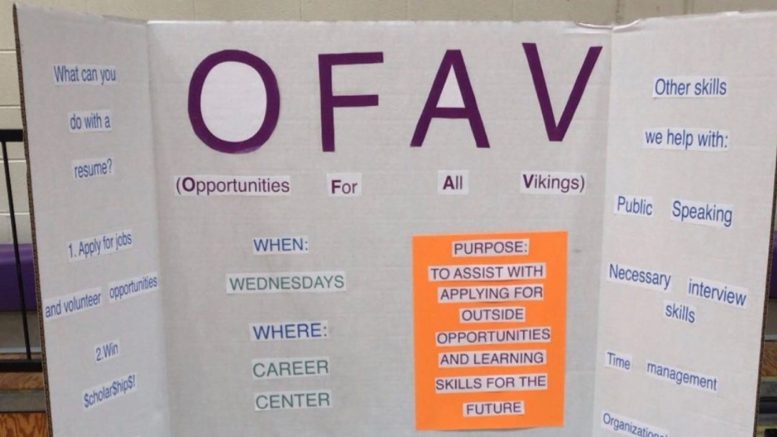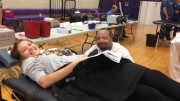From debate to skiing, and microloans to fashion, Westhill High School offers a wide range of extracurricular activities. Any student can go to the school’s website to browse through their options of after school activities. However, as many as there are, there are not enough clubs to satisfy the needs of every Westhill student.
Extracurricular activities are important to mental health. According to psychologytoday.com and mayoclinic.org, connecting with others has many benefits, including helping people overcome difficulties and battling depression. Headtohealth.gov.au, reports that “being a member of a community can have a positive effect on mental health and emotional wellbeing.”
Clubs offer students all of these benefits. They allow teenagers to bond over mutual interests, forging a sense of community vital to mental health.
Unfortunately, teenagers are not known for acting in their best interests without proper incentivization. Many students will not spend additional time at school unless a club truly appeals to their interests. If a student does not see a club which appeals to them, creating one should be a feasible option.
“A giant variety definitely helps students get involved in their school’s clubs, and if we [Westhill] can have an even wider variety than we have now, that would be awesome,” Austin Tovar (’22) said.
If starting an after school activity was an easier task, a greater diversity of clubs would be available, encouraging more students to reap the benefits of regularly socializing in a club.A few requirements must be met to start an afterschool activity. These steps could be simplified to improve the process.
First, an advisor must agree to monitor the after school session. Cassandra Culhane (’22) said this made creating a club difficult.
“The advisor seemed to not believe in the cause, or really want to do it,” Culhane said.
Of course, teachers lead busy lives, just like anyone. Teachers should not be pressured to stay after school if they do not want to. However, some teachers are willing to stay after school to oversee a club. This aspect of club creation could be made easier if Westhill sent a survey to teachers, asking for volunteers to advise extracurricular activities. A list could then be composed of teachers amenable to overseeing clubs, so that students who want to start one would know who to consult. This would result in clubs being supervised by enthusiastic teachers, making the process easier for everyone.
Next, a place to meet must be agreed upon. Teachers who advise clubs often lend their classrooms to the group of participating students, however some may be hesitant to do so. Rooms open to after school sessions should be made known as well, so as to simplify this step.
The third step is to find a group of students ready to participate.
“Getting the word out [about the club] was not easy and it was hard to find a group of people that were interested in participating,” Brandon Shapiro (’22) said.
These two issues are one and the same. If a student does not know about a club, they cannot join it. If they do know about it, and it interests them, then they are likely to attend meetings.
Spreading the word about a club is done primarily through posters and morning announcements. Students should be informed on how to get posters approved, as well as how to get a blurb in the morning announcements advertising their club.
Overall, if the process of forming after-school clubs were to be simplified, as well as made more public, more students would have the opportunity to find a sense of belonging at Westhill High School.





